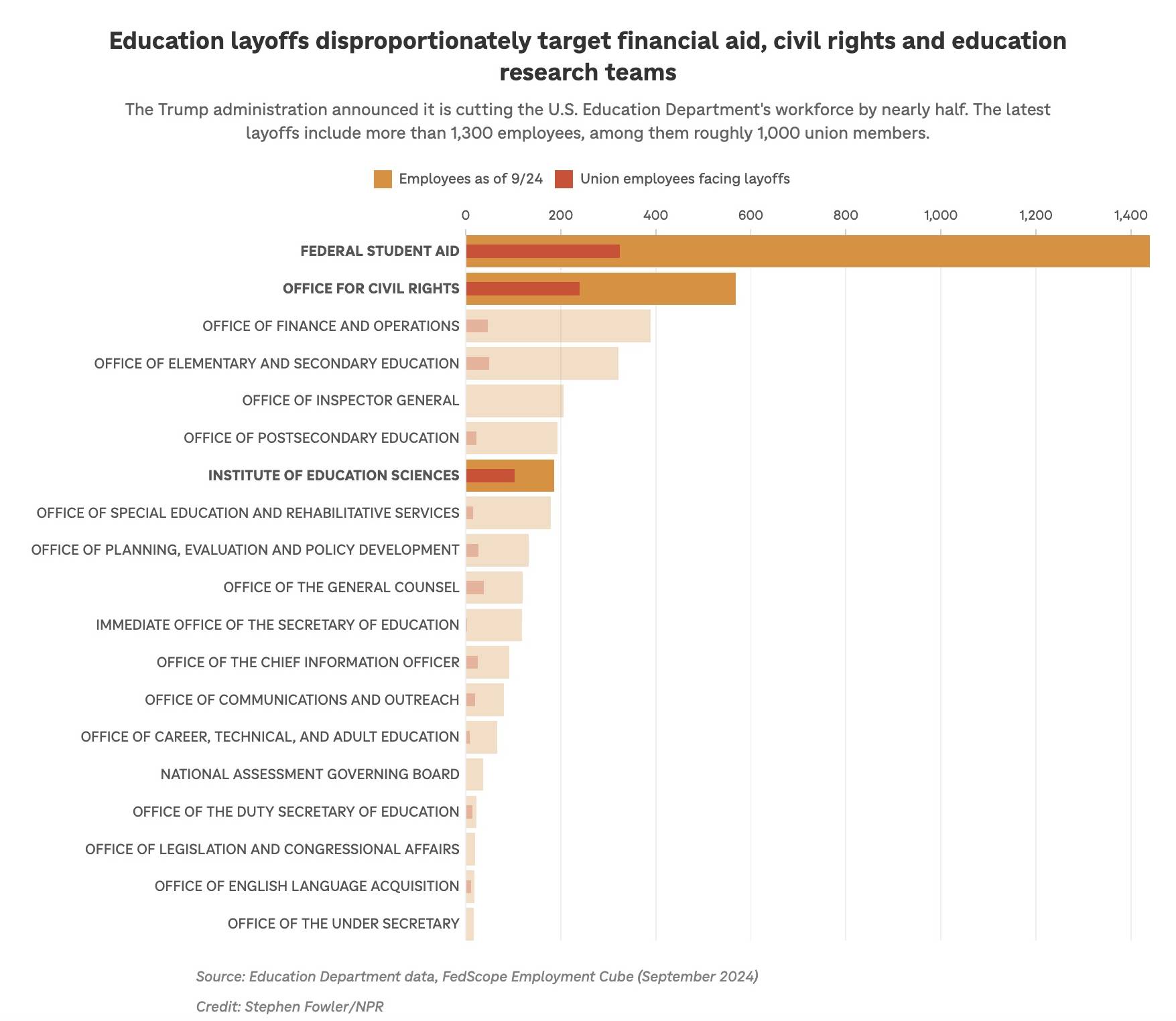If there is anything eternal, it may well be Buddhist anxieties about the authenticity, legitimacy, and authority. These anxieties seem to be present in the earliest strata of Buddhist writing and continue down to the present. One of the...
In the arena of Heart Sutra studies there is an old argument for the antiquity of the text, which is to cite the so-called "lost translations", and one in particular. This essay draws heavily on Watanabe (1990) an article, published in Japanese, but of which I have recently made an English translation, using ChatGPT and some other online translation apps. Watanabe was the first to make this argument and it was made in 1990, two years before Nattier stumbled on the fact that the Sanskrit text is a backtranslation.�
We can see this trope of lost translations invoked, for example, in recent Zen Buddhist commentaries on the Heart Sutra by Red Pine (2004) and Tanahashi Kazuaki (2014). Both men cite a lost translation attributed to Zhi Qian ?? (fl. 222�254 AD) that enables them to date the Heart Sutra very early (first or second century CE). Tanahashi Kazuaki (2014: 62) says:
Among the vanished texts, the most noteworthy is the rendition by Zhiqian [sic] of the third century. Traditionally regarded as the oldest Chinese translation of the Heart Sutra, this text was reportedly included in [Sengyou�s Catalogue]."Sengyou's Catalogue" refers to the Ch?s?nz�ng j�j� �?????� (T 2145), compiled by S?ngy�u ?? (445-518 CE). Amongst the resources employed by Sengyou were older catalogues, notably one by Dao-an ?? (312�385) compiled in 374 CE (itself now lost). In the Dao-an section of Sengyou�s catalogue we find two texts listed:
A. M�h? b?nr? b?lu�m� sh�nzh�u y? ju�n ??????????? �Dh?ra?? of the Great Praj�?p?ramit?�; one scroll. (T 2145; 55.31b9)
B. B?nr? b?lu�m� sh�nzh�u y? ju�n (y�b?n) ?????????(??) �Dh?ra?? of the Praj�?p?ramit?�; one scroll (different version). (T 2145; 55.31b10).
The astute reader will note that neither text is called a Heart Sutra; or a sutra, for that matter. It is less obvious, perhaps, that neither text is attributed to Zhi Qian. The term sh�nzh�u ?? probably translates dh?ra?? or vidy?, but we don't know. Not only are there no Indic sources for these titles, the texts themselves were lost by the Tang dynasty. So these catalogue entries are almost everything we know about these two sh�nzh�u texts.
One may compare these with the two entries in the Tu�lu�n� j� j?ng �?????� (T 901), translated by Atik??a 654 CE. I translate and comment on these entries in a blog post: Sv?h? in The Heart Sutra Dh?ra?? (5 July 2019)
I say almost everything we know, but there is a little more because the texts crop up in some later catalogues with the notation: "produced from the Large Sutra" (Ch? d� p?n j?ng ????), which is used to indicate the text is an extract from the larger work. Furthermore, in the Zh�ngj?ng m�l� (????) (also known as Y�nc�ng L� ?), compiled and written under the guidance of Y�nc�ng ?? (602 CE), both the A and B sh�nzh�u texts are classified as �separately produced� (bi�sh?ng ??). This is a term used for locally produced Chinese Buddhist texts, and has also been applied to ch?o j?ng ?? or digest texts.�
And all this evidence from the catalogues is consistent with the comments of Ku?j? (T 1710) and Woncheuk (T 1711) who both composed commentaries on the Heart Sutra in the late-seventh century. They clearly state that they don�t believe the Heart Sutra to be an authentic Buddhist sutra; rather, they both see it as a compilation of passages from other Praj�?p?ramit? texts. Moreover, physical and literary evidence stops entirely in the mid-seventh century: earliest artefact is from 661CE, earliest literary mention is from 656 CE.
So there are two processes to try to understand. How did the two sh�nzh�u come to be associated with Zhi Qian? And how did the sh�nzh�u texts come to be considered versions of the Heart Sutra?
Zhi Qian and F�i Ch�ngf�ng
Following Sengyou, a series of three catalogues named Zh�ngj?ng m�l� �????�, by F?j?ng ?? (594 CE), Yancong ?? (602 CE), and J�ngt�i ?? (663-665 CE), all list the two sh�nzh�u texts as "translator lost" (sh? y� ??). However, in the midst of these we also have the L�d�i s?nb?o j� �?????� (T 2034) compiled by F�i Ch�ngf�ng ??? (597 CE). The L�d�i s?nb?o j� is infamous amongst scholars for adding attributions to texts that were previously listed as "translator lost". Many of these attributions are false and the text is widely considered unreliable in matters of attribution. Fei's entry for the A text reads:
????????? ???????????????????M�h? b?nr? b?lu�m� zh�u j?ng. See the B?och�ngl�; in some cases it is just called B?nr? b?lu�m� zh�u j?ng. Translated by Zhi Qian.
Note the subtle change in the title. The character sh�n ? "divine" has been dropped and the character j?ng ? "text, sutra" has been added. Still, everyone involved thinks this is the same text as found in Sengyou's Catalogue. Note that the B?och�ngl� is a reference to another catalogue that no longer exists: the Li�ngsh� zh�ng j?ng m�l� �??????� compiled by B?och�ng ?? ca. 520-521. It's possible that B?och�ng was responsible for this attribution, but F�i Ch�ngf�ng made up so many attributions that the finger points squarely at him. Also note that, contra the Zh�ngj?ng m�l� catalogues, F�i Ch�ngf�ng considers the version without m�h? ?? in the title to be a variant of the A text rather than a distinct B text.
As far as we can tell, then, Ch�ngf�ng simply made up this attribution. And there is no reason to suppose that Zhi Qian translated the M�h? b?nr? b?lu�m� sh�nzh�u or the M�h? b?nr? b?lu�m� zh�u j?ng. Rather, such texts were likely just extracts from the Large Praj�?p?ramit? text that circulated independently. Note that it is quite definite that the X?n j?ng (T 251) copied multiple passages from the M�h? b?nr? b?lu�m� j?ng �????????� (T 223), translated by Kum?raj?va in 404 CE, as does the D�m�ngzh�u j?ng (see below). Assuming that all the catalogue entries relating to the sh�nzh�u texts are references to the same text, the appearance in Dao-an's catalogue dated 374 definitely rules out it being a Heart Sutra. The passages copied did not even exist until thirty years after this date.
That said, the attribution to Zhi Qian is cited in influential catalogues such as the Neidian Catalogue (D� T�ng n�idi?n l� �?????� T 2149), compiled by D�oxu?n ?? (664) and the Kaiyuan Catalogue (D� T�ng k?iyu�n sh�ji�o l� �???????� T 2154), compiled by Zh�sh?ng ?? (730). The latter was especially influential as it was used to reconstruct the Buddhist canon after the purges of 849 and eventually provided the organisational scheme followed by the Tasih? canon.
At this point, then, the m�h? sh�nzh�u text has been identified as a translation by Zhi Qian, while the B sh�nzh�u (sans m�h?) is either noted as "translator lost" or is said to be the same text with a different title, despite Sengyou's clear note that they were different. What we do not have anywhere in the picture is a Heart Sutra text. We turn to this mystery next.
Zhi Qian and the Heart Sutra
The key moment here is the appearance, already mentioned above, of the Kaiyuan Catalogue by Zh�sh?ng, in 730 CE. Something new happens in this catalogue, which is the first mention of a text that we know to be a Heart Sutra:
A ????????? ????? ????????? M�h? b?nr? b?lu�m� zh�u j?ng. Some texts lack the M�h? characters; see the B?och�ngl�; (translator Zhi Qian).
B ? Missing.
C ??????????? ???????? ???? ?????? ??????????? C. M�h? b?nr? b?lu�m� d�m�ngzh�u j?ng. Also called M�h? d�m�ng zh�u j?ng, first produced in the Tang. A translation of the Heart Sutra, See the same Sutra title above. (Translated by Kum?raj?va).
Like F�i Ch�ngf�ng and unlike the earlier catalogues, Zh�sh?ng considers the texts without M�h? to be a variant title rather than a separate text.�
Text C, the D�m�ngzh�u j?ng, is extant and included in the Taish? as T 250. This entry in the Kaiyuan Catalogue is the first mention of the text in history. The D�m�ngzh�u j?ng is not included amongst the translations of Kum?raj?va in any older catalogue. And this means that it was almost certainly not by Kum?raj?va. Indeed, this has long been the consensus. Back in 1932, when listing all the Praj�?p?ramit? texts, Matsumoto Tokumyo (1932: 9) noted Er hat aber dieses S?tra nicht �bersetzt �But he has not translated this sutra�. Conze adds the detail that it was translated by one of Kum?raj?va's "disciples" a theme recently taken up by Charles Willemen in a series of rather silly articles. Willemen asserts, on the flimsiest evidence imaginable, that D�m�ngzh�u j?ng was translated by Zhu Daosheng. But he presents no plausible evidence for this assertion. Indeed,�we know that the Heart Sutra per se is not a translation. It was composed in Chinese, in the middle seventh century (actually between 654 and 656 CE).
There is no doubt that this entry in the Kaiyuan Catalogue, dated 730 CE, is also the source of the conflation of the sh�nzh�utexts with the D�m�ngzh�u j?ng, and combined with the idea that Zhi Qian translated the M�h? sh�nzh�u text, it explains why some people believe in a lost translation of the Heart Sutra by Zhi Qian. To be clear, no such thing ever existed and the evidence for it was always weak.
From the absence of the D�m�ngzh�u j?ng in earlier catalogues we can also infer it was composed after the composition of the X?n j?ng. And Watanabe adds that it was not translated from Sanskrit, but composed in Chinese. Thus not only is the D�m�ngzh�u j?ng not a translation, it is not (and could not be) a translation by Kum?raj?va.
Conclusions
Watanabe (1990) concludes from this that the idea of a lost translation of the Heart Sutra by Zhi Qian was simply made up. The text in question was not a Heart Sutra and was not associated with Zhi Qian. Moveover the D�m�ngzh�u j?ng attributed to Kum?raj?va was not associated with him, was not even a translation, and was produced after the X?n j?ng.�
There is no reliable evidence of the Heart Sutra prior to the 650s CE. Moreover, Jan Nattier (1992) showed that the Sanskrit text was a back-translation from Chinese. The first mention of a Sanskrit text is in Woncheuk's commentary, but it is vague and could be a reference to the Sanskrit Large Sutra, since Woncheuk knew that to be the source of most of the copied passages.
All attempts at pushing back the existence to dates earlier the seventh century fail for lack of evidence. The oldest physical evidence of the Heart Sutra from anywhere in the world, is the inscription from Fangshan (see Attwood 2019) dated 13 March 661. The oldest literary mention occurs in letter dated 26 Dec 656, reproduced in Yancong's hagiography of Xuanzang (T 2053), but also preserved independently (See Kotyk 2020). This gives us the terminus ante quem. The earliest commentaries are Chinese texts from the late seventh century by Ku?j? (T 1710), Woncheuk (T 1711), and J�ngm�i ?? (X 522). Note that the latter has received almost no scholarly attention.
We find evidence of the Heart Sutra in Tibet from roughly the eighth century, though this date is dependent on the attribution of Tibetan commentaries to Indian authors, some of whom are otherwise completely unknown, and some of whom are the most famous Buddhists who ever lived. And from India? There is no evidence of the Heart Sutra from India. No manuscripts, no inscriptions, no mentions in other texts. This is consistent with what we expect given that the Sanskrit text is a back-translation made in China.
All the evidence points to the same conclusion: The Heart Sutra was composed in Chinese ca 654�656 CE, using copied passages from M�h? b?nr? b?lu�m� j?ng �????????� (T 223) and a dh?ra?? from the Tu�lu�n� j� j?ng �?????� (T 901) translated in 654 CE (giving us the terminus post quem).
It's interesting that translators like Red Pine and Tanahashi have drawn on Japanese scholarship where it suits their purposes, but have entirely ignored this very important work by Watanabe. The false idea of the lost translation by Zhi Qian plays into their anxieties about the authenticity of this sutra that is not a sutra.�And they employ the idea uncritically despite a long standing consensus around Watanabe's solid debunking of it. It turns out that, despite being very popular, both Red Pine and Tanahashi belong with D. T. Suzuki and Edward Conze as unreliable guides to this text.�
I have produced a draft English translation of Watanabe (1990) and uploaded it for comment on academia.edu. I will soon submit an article to an academic journal that discusses this material.~~oOo~~
Bibliography
Attwood, J. (2019). "Xuanzang�s Relationship to the Heart S?tra in Light of the Fangshan Stele." Journal of Chinese Buddhist Studies, 32, 1�30.
Kotyk, Jeffrey. (2019). �Chinese State and Buddhist Historical Sources on Xuanzang: Historicity and the Daci�en si sanzang fashi zhuan ?????????�. T�oung Pao 105(5-6): 513.
Watanabe, Sh?go. 1990. �M�h? b?nr? b?lu�m� sh�nzh�u j?ng and M�h? b?nr? b?lu�m� d�m�ngzh�u j?ng, As Seen in the Sutra Catalogues.� Indogaku Bukky?gaku Kenky? 39-1: 54�58.
Extant Chinese Bibliographies
Ch?s?nz�ng j�j� �?????� (T 2145), compiled by S?ngy�u ?? (445�518 CE) Zh�ngj?ng m�l� �????�. (T 2146), compiled by F?j?ng ?? (594 CE) L�d�i s?nb?o j� �?????� (T 2034), compiled by F�i Ch�ngf�ng ??? (597 CE). Zh�ngj?ng m�l� �????� (T 2147), compiled by Yancong ?? (602 CE) Zh�ngj?ng m�l� �????� (T 2148), compiled by J�ngt�i ?? (663-665 CE) D� T�ng n�idi?n l� �?????� (T 2149), compiled by D�oxu?n ?? (664). G? j?n y�j?ng t�j� �??????� (T 2151), compiled by Jingmai ?? (7th century). D�zh?u k?nd�ng zh�ngj?ng m�l� �????????� (T 2153), compiled by M�ngqu�n ?? et al. (695). D� T�ng k?iyu�n sh�ji�o l� �???????� (T 2154), compiled by Zh�sh?ng ?? (730) Zh?nyu�n x?n d�ng sh�ji�o m�l� �????????� (T 2157) compiled by Up?saka Yu�n Zh�ozhu�n ??, (800)








